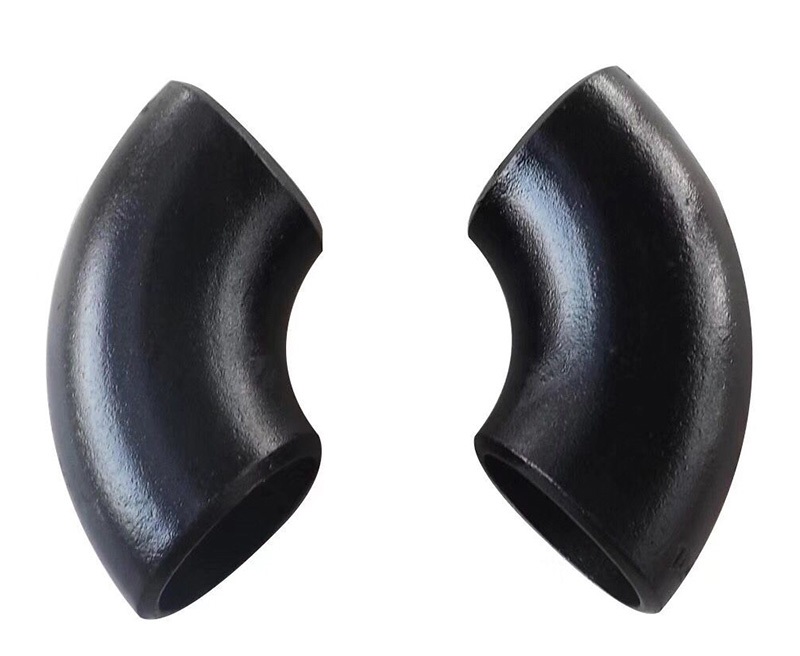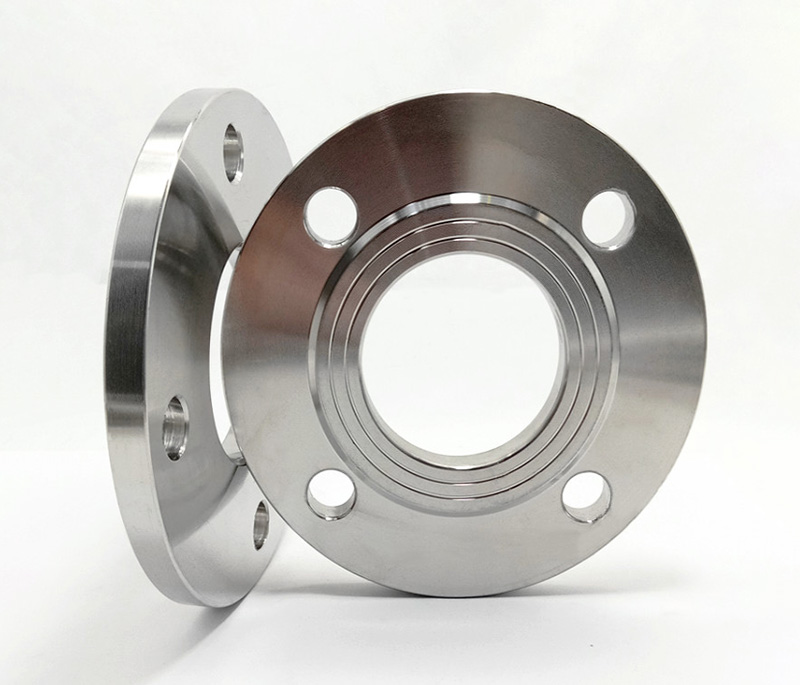
Process piping systems rarely move in a straight line between processes. Modern process systems are often complex networks of turns, height changes, fittings and more. As with most piping considerations, understanding the ideal use of pipe fittings in your design or project is critical to the proper operation of the finished system.

Pipe bends allow a system to minimize pressure changes while still routing material through a complex piping system. Since most bends do not change the end of the pipe, they are often easy to implement in handling systems that use standard welding processes, flanges or other connection methods.
Since most bending methods are very cost effective, the use of bends and tubing has minimal impact on the overall design budget when using the ideal length and size for your application.

While there are a variety of pipe bending methods available, most fall into one of two categories: cold bending and hot bending. Cold bending methods typically rely on purely physical forces to help bring the pipe to its final shape, while hot bending methods use careful heating to reduce the force required.
Rotational Tensile Bending: Bends the pipe or tube using a combination of dies and various other components of the rotational action. This action pulls the pipe or tube forward to form the desired bend. Rotary tension bending can also use mandrels.
Mandrel Bending: The mandrel is placed inside the pipe or tube being bent, especially for thinner walled materials, to prevent defects that may occur when the part is bent, such as rippling, crushing or collapsing.
Compression bending: Using a fixed die to bend the pipe or tube while the reverse die bends the material around the fixed die.
Roll Bending: Used when a large radius bend or curve is desired, this method passes a pipe or tube through a series of three rollers in a pyramidal configuration to achieve the desired curve.
While different methods of hot tube bending vary slightly, they are almost always a form of induction bending. This method uses an induction heating coil to precisely heat the pipe before applying pressure to make the desired bend.
It requires much less physical force than cold bending methods and can produce similar or higher quality bends without the need for filler material, mandrels or other additions used to avoid deformation.
Typically, the inner bend (or the inner portion of the bend) is thickened and the outer bend (or the outer portion of the bend) is thinned. This method is most commonly used for large diameter pipes and oil pipes as well as long radius bends. However, it can also be used for smaller pipe diameters and short radius bends.
Pipe bending methods will vary depending on the metal used. However, due to the reduced force required to achieve a common angle, induction bending is compatible with a variety of ferrous and non-ferrous materials, including: steel and steel alloy pipe, stainless steel, aluminum, copper, and nickel pipe.
This is especially true for thinner metals that may warp, squeeze, collapse or otherwise twist using cold bending methods.
Bends and tubing are a great wiring option when a standard 90-degree elbow won't fit your system design or space requirements. With an in-depth knowledge of bending methods, materials and common pipe bending terminology, it's easy to find solutions for all sizes of pipe and spaces. Visit PIPEFUN website to see more.
If you have any questions, contact us today to speak with one of our technical sales experts and find the best product for your project.
Copyright © Hebei Pipefun Pipe and Fitting Facility Co., Ltd. All Rights Reserved | Sitemap